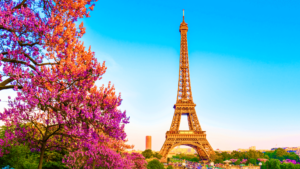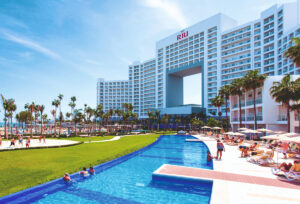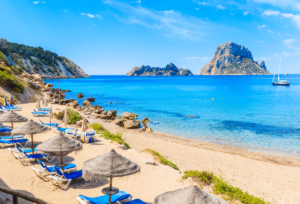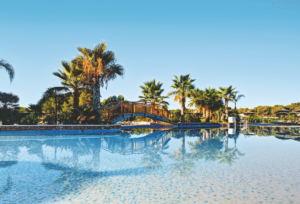When you think about the Christmas legends, and picture Santa Claus, where do you see him hailing from? With his bushy white beard, cosy clothes and sleigh pulled by reindeer, we regard it as natural for him to live somewhere in the frozen north.
Many families go in search of Santa every year, with cheap holidays in Lapland. Holidays to “Santa’s Village” in Lapland involve staying in log cabins, apartments, bungalows, family-run hotels or even an igloo, before taking a sleigh ride with huskies or a snowmobile trip across the snowy wastes to meet Father Christmas in his “home”.
For other countries, however, the legend of Santa is very different – or even non-existent – and we are not just talking about distant lands. In Spain, Christmas is a more low-key affair than it is in northern Europe, with Christmas Day itself being a time for a large family meal (scarcely an unusual event in Spain anyway!), with presents not being dished out until 6 January – the date on which the Three Wise Men are said to have arrived in Bethlehem to present gifts to the infant Jesus.
As a result, it is the Wise Men who are the iconic figures that Spanish kids revere as the bringers of their presents. Santa Claus is not unknown, due to the influence of American culture, but it is Gaspar, Melchior and Balthasar whose cheery faces can be seen in every Spanish store throughout December.
In Holland, the Dutch version of Santa is known as Sinterklauss, and people taking cheap holidays in Amsterdam this month had a chance to catch the annual Sinterklauss Parade on the 13th. Unlike the Coca-Cola influenced Santa Claus that we know and love in the UK, the Dutch model resembles a jolly, white bearded bishop, and is reputed to arrive in Holland by steamboat from Spain!
Clearly the Dutch Santa has a holiday home on the Costa del Sol. Some of the theories as to why this is the case suggest that it is based on the fact that one of Sinterklauss’s traditional gifts are mandarin oranges, while others say it stems from the historical domination of Flanders and Holland by the Spanish royals in the 18th and 19th centuries. Whatever the reason, Amsterdam’s parents and children line the streets to see Sinterklauss pass by accompanied by floats, brass bands and his gang of cheery helpers.
You may also like
cheap holidayscheap holidays in Amsterdamcheap holidays in Lapland





